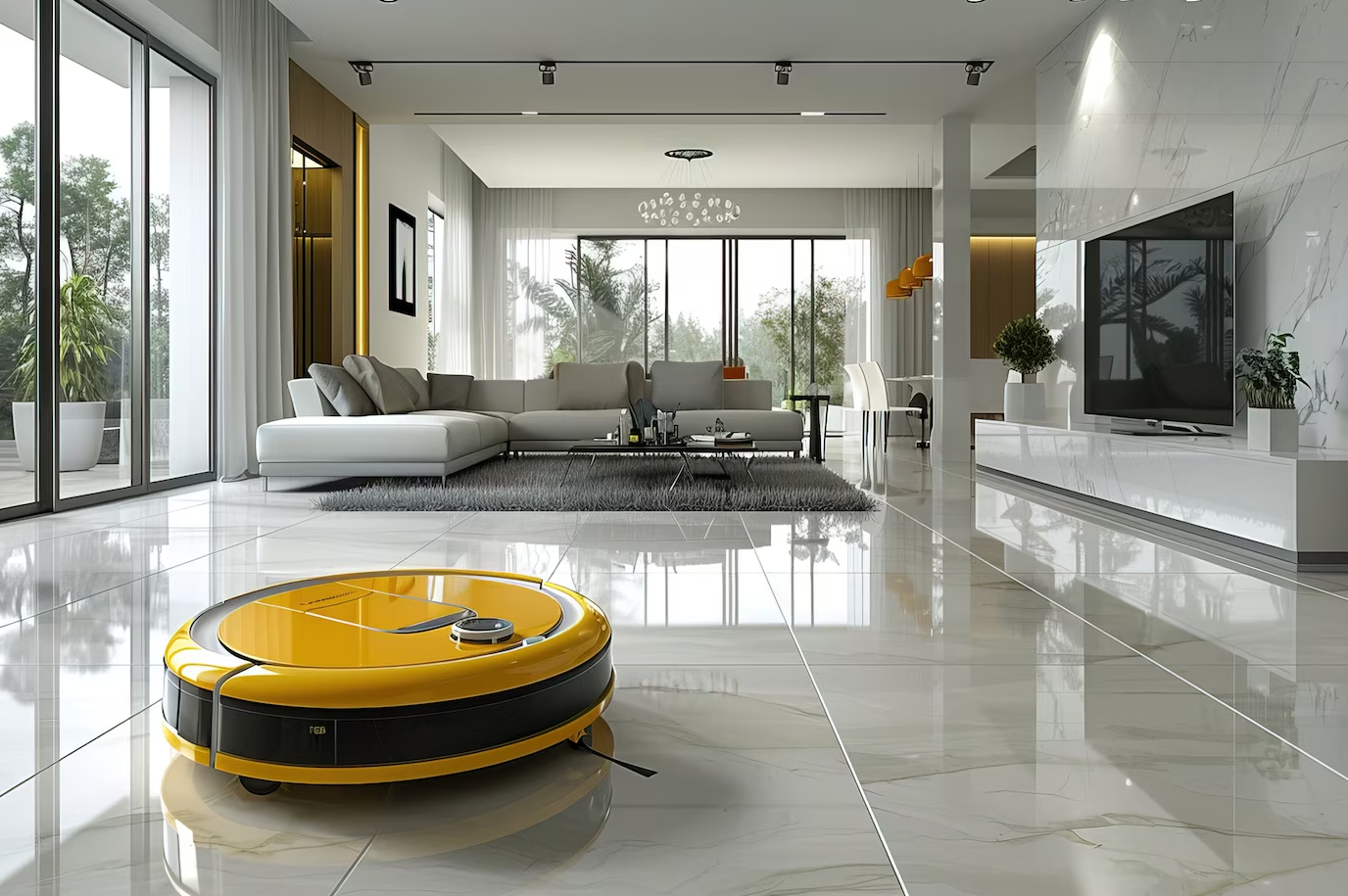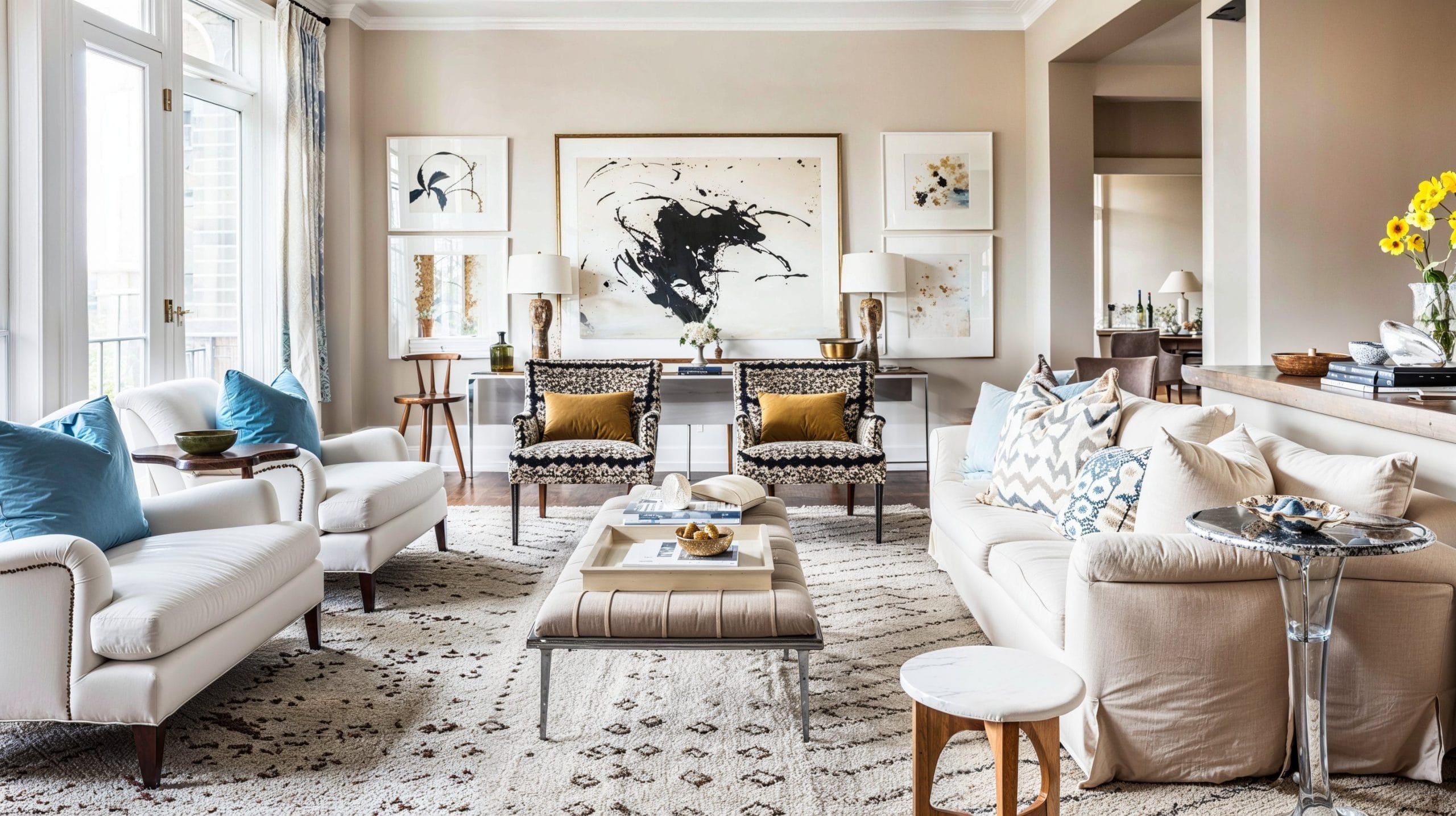How Interior Designers in Chennai Ensure Eco-Friendly Compliance Through Environmental Clearance
In today’s world of conscious living and sustainable development, Interior Designers in Chennai are redefining luxury, style, and comfort with a strong focus on environmental responsibility. Whether it’s a high-end villa in ECR or a compact apartment in Anna Nagar, Chennai’s interior designers are going beyond aesthetics to ensure that every space meets eco-friendly compliance and, where applicable, secures environmental clearance as part of a larger commitment to sustainability.
Let’s explore how the best Interior Designers in Chennai incorporate green design principles, navigate environmental regulations, and contribute to the city’s sustainable future.
Understanding Environmental Clearance in Interior Design
Environmental Clearance (EC) is a process mandated by the Ministry of Environment, Forest and Climate Change (MoEFCC) to assess the potential environmental impact of a project before it is executed. While EC is more commonly associated with large-scale real estate, commercial, or industrial projects, its relevance is gradually making its way into interior design — particularly when it involves significant renovation, change of land use, or high-density building improvements.
For projects involving structural alteration, the use of natural resources (like imported stones, wood, or water), or waste generation (such as demolition debris or hazardous finishes), interior designers must ensure that their practices align with local environmental norms, especially in metropolitan areas like Chennai.
Role of Interior Designers in Chennai in Environmental Compliance
Here’s how top Interior Designers in Chennai play a proactive role in ensuring eco-friendly compliance and navigating environmental considerations:
1. Sustainable Material Selection
Chennai’s designers are increasingly opting for green-certified products, such as:
-
Low-VOC paints and adhesives
-
Bamboo and reclaimed wood instead of exotic timber
-
Recycled glass, terrazzo, or engineered stones over non-renewable natural resources
-
Locally sourced materials to reduce carbon emissions associated with transportation
By choosing these sustainable alternatives, designers contribute to reduced environmental degradation and ensure compliance with green building guidelines.
2. Waste Management & Recycling
Interior renovations, especially in older homes or office buildings, generate considerable waste. Responsible Interior Designers in Chennai follow protocols that include:
-
Collaborating with certified waste recyclers
-
Segregating construction debris and hazardous waste
-
Minimizing on-site waste through pre-cut modular furniture
-
Reusing and repurposing materials like doors, windows, or marble slabs
These efforts help avoid environmental violations and maintain cleaner, greener neighborhoods.
3. Water and Energy Conservation Techniques
In water-scarce cities like Chennai, eco-conscious interior design is not just a trend — it’s a necessity. Designers implement:
-
Rainwater harvesting integration during renovation (if structurally feasible)
-
Installation of water-efficient fixtures like low-flow taps and dual-flush toilets
-
LED lighting, energy-efficient HVAC systems, and smart controls
-
Natural daylight optimization through layout and material choices
These features help reduce resource consumption and support environmental clearance requirements when the project size mandates it.
4. Compliance with Local Building and Environmental Norms
Leading Interior Designers in Chennai collaborate with architects, civil engineers, and environmental consultants to ensure their designs follow the:
-
Chennai Metropolitan Development Authority (CMDA) guidelines
-
Tamil Nadu Pollution Control Board (TNPCB) norms for indoor air quality and hazardous waste
-
Green Building certification frameworks like IGBC or Griha when applicable
For large-scale interior renovations, especially in hotels, malls, or IT parks, designers assist the project developers in preparing documentation required for environmental clearance, such as:
-
Project Impact Assessments
-
Mitigation Measures
-
Material sourcing reports
-
Energy efficiency statements
5. Eco-Friendly Certifications and Design Practices
More and more Interior Designers in Chennai are aligning with global sustainability standards by achieving certifications like:
-
LEED (Leadership in Energy and Environmental Design)
-
EDGE (Excellence in Design for Greater Efficiencies)
-
Griha (Green Rating for Integrated Habitat Assessment)
These certifications are not mandatory but provide a competitive edge and help clients understand the environmental value being added.
Case Study: Eco-Friendly Office Renovation in Chennai
A prominent IT company in Tidel Park recently partnered with a reputed interior design firm in Chennai for a complete interior revamp. The design scope involved demolition, new partitions, high-performance HVAC installation, and aesthetic upgrades. Here’s how the designers ensured eco-compliance:
-
Conducted a preliminary Environmental Impact Assessment
-
Used green-certified modular furniture and acoustic panels
-
Installed occupancy sensors and daylight-responsive lighting
-
Submitted the waste management and sustainability report to local authorities
-
Earned a Griha certification for their sustainable interiors
The result was a workplace that not only looked stunning but also reduced energy consumption by 28% annually.
The Future of Eco-Design in Chennai
As Chennai continues to grow both vertically and sustainably, Interior Designers in Chennai are expected to become key players in the environmental clearance ecosystem. With increasing consumer awareness and government initiatives, the line between good design and responsible design is fading — now, they’re one and the same.
Clients are no longer just asking, “Will it look beautiful?” They’re also asking, “Is it environmentally friendly?”
Conclusion
Incorporating eco-consciousness into design is no longer optional; it’s essential. The top Interior Designers in Chennai understand this shift and are adapting swiftly by prioritizing sustainability, ensuring regulatory compliance, and delivering interiors that are as kind to the planet as they are to the people who inhabit them.
From green materials and efficient waste practices to navigating the nuances of environmental clearance, these professionals are shaping a future where design meets responsibility.





